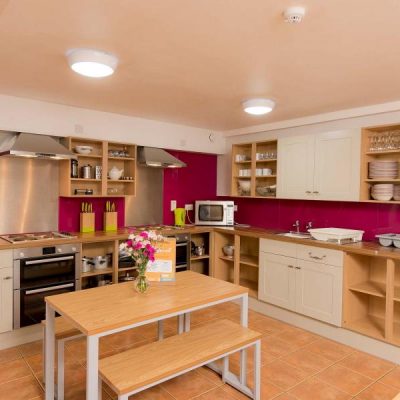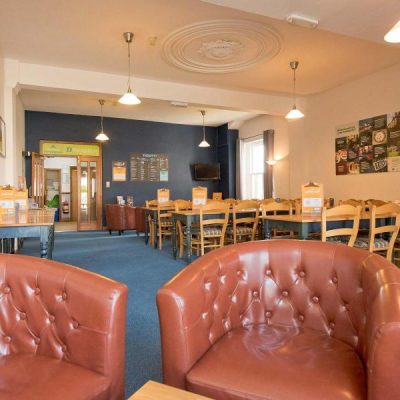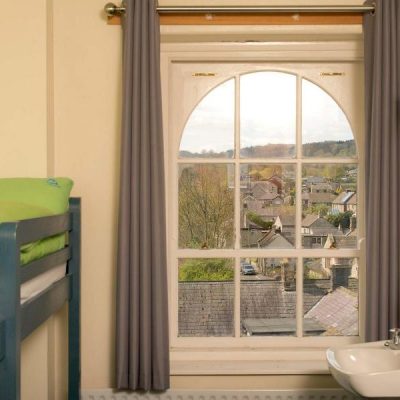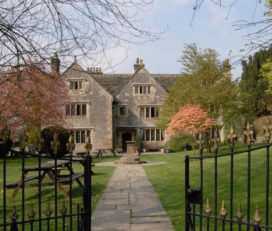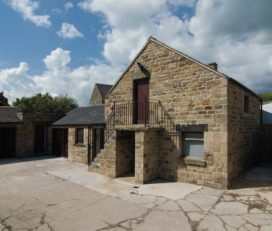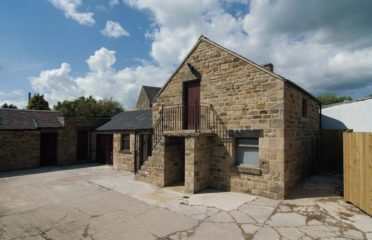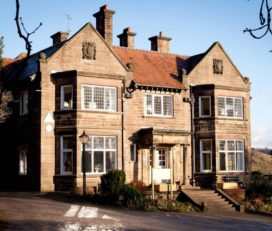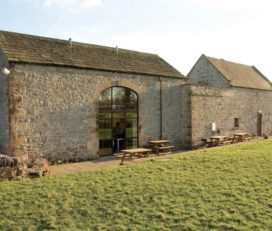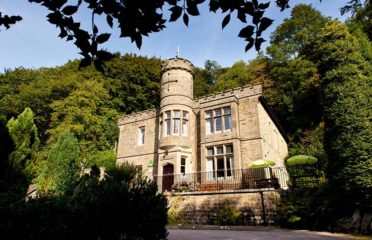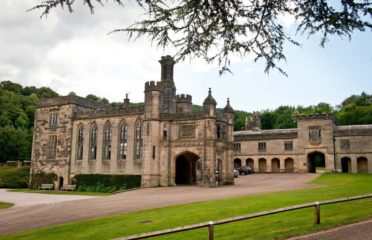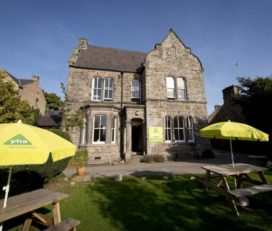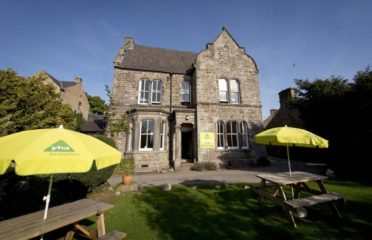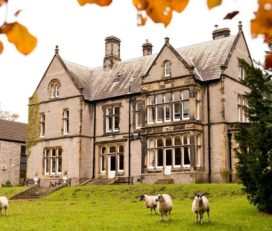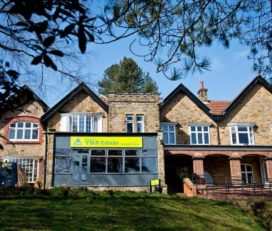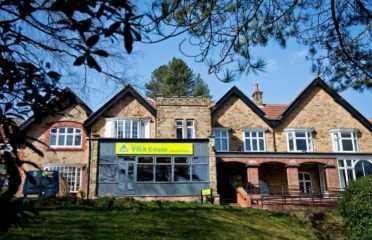YHA Youlgreave
Lovely, quiet accommodation within the Peak District National Park, YHA Youlgreave, is perfectly positioned for enjoying the destinations and activities the Peaks are famous for. Come in the summer months and enjoy our sun-drenched front terrace, where you can sit back and watch village life unfold.
The hostel is, in fact, the former village Co-op, and still retains features pertaining to its past life. It’s set within lovely White Peak walking territory, with the Limestone Way passing through the village, and both the Tissington and Monsal Trails nearby.
The YHA Youlgreave Hostel
The YHA Youlgreave hostel features one dining/lounge area and a large, well-equipped self-catering kitchen. There is also a boot/drying room and a bike store. There are 42 beds spread over 9 rooms, including both dorms and private rooms. Here are the rooms and beds available:
1 x 8-bed room, 1 x 2-bed room, 2 x 6-bed room, 5 x 4-bed room.
All rooms contain bunk beds. There are no en-suite rooms at this property, but plenty of individual toilets and showers close to bedrooms. You can relax outside on sunny days in our small front yard with three picnic tables.
Check in is from 5pm. Access to the hostel after 10pm is by door code. Checked-in guests staying over two nights can get a key to access hostel during the day – although there are a limited availability of keys.
As you enter the hostel through the main door you will arrive in our open plan living and dining space which was the original shop area.
Why guests love YHA Youlgreave
- Free wi-fi
- Private rooms available
- Licensed bar
- Traditional village location
- Former village Co-op building
- Great for enjoying the beautiful White Peak

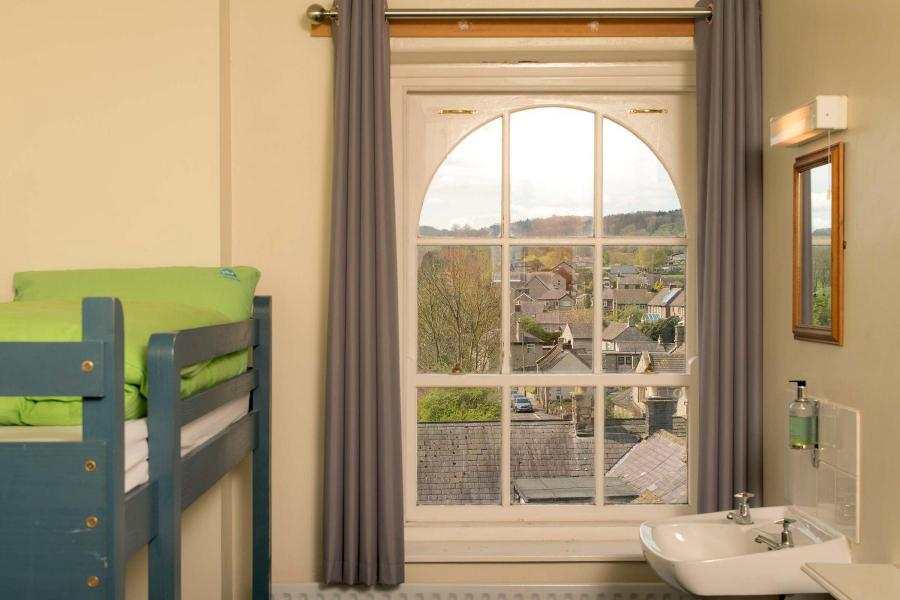

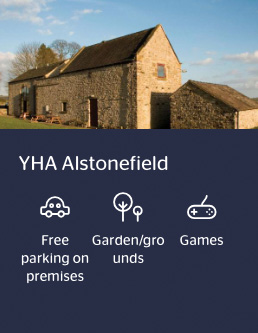
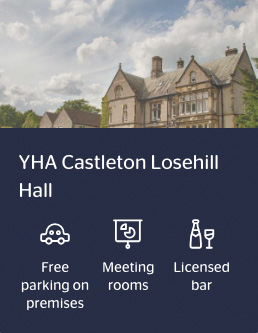
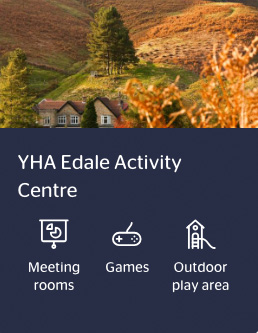
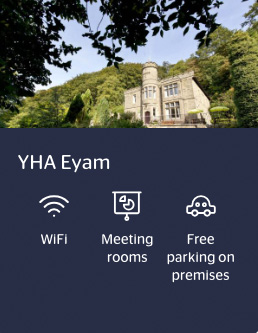

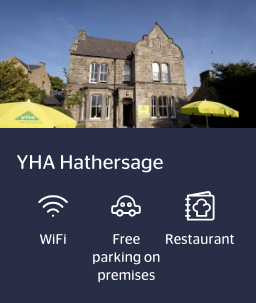



One of the most varied national parks in the country is also its oldest. The 555 square miles of the Peak District are packed with things to do. Nature lovers, birdwatchers, school groups, and people interested in history can all find something fun to do there. We tried five different kinds of Peak District days out. Which ones do you like?
For people who like to watch wildlife
Dovedale is known for its beauty, with its steep slopes, ash forests, and a river that is as clear as a vodka drink. When we went, which wasn’t during the school break, both banks were already full of people just strolling around for fun. But one great thing about Dovedale is that it gets quieter as you walk. There’s more wildlife to see when it’s quiet. We found a beautiful, quiet spot by the river near Sharplow Dale, put our feet in the water, and waited.
First came a pair of mallard ducks, then a family of six ducklings and their fussy mother. We saw a chaffinch and a naughty coal tit in the alder trees that provided shade for the river. On the ground, a grey wagtail flew back and forth along the edge of the water. There were fish and grayling in the river itself. The graylings were so well hidden that they looked like they disappeared in an instant. But what really got my attention was a little brown bird pelting quietly upriver. Its wings were beating just above the water, and you could tell it was a bird because it had white feathers on its chest.
Dippers are the birds that make Dovedale unique, but they aren’t always easy to see. We followed it upriver, and ten minutes later we saw it again, busying itself on the far bank. It flew back and forth, and at one point it submerged totally. Some people may not like Dovedale, but if you give it enough time, you can see the benefits.
For people who walk during the day
There are ten YHAs in the Peak District, and each one has its own treats for walkers who want to spend the day in the Peak District. We stayed at YHA Edale, which is the park’s most northern hotel, as a base for a nice walk up to the edge of Kinder Scout. Hikers love the plateau for its part in the right-to-roam movement, but it’s particularly hard to get around on foot. This walk, however, stayed on the edges of the grassland. With a map and the basic knowledge to read it, getting lost was about as likely as running out of jelly beans (we had plenty).
The path we took took us from the hotel across to Edale and then up the long, fun, steep slope of Grindsbrook Clough. Once we got to the plateau, we went around Grindslow Knoll and kept going west on the well-marked trail. The most important thing to remember is to keep the steep part of the descent on your left. After a couple of miles of beautiful rim walking, we came across the Pennine Way, which went down Jacob’s Ladder and slowly wound its way back towards Edale. Along the way, we saw many of those crazy giant rock formations that seem to have bubbled out of the moor for no reason. A great walk. Give yourself four or five hours.
To food lovers
This is the most important thing you should know about Bakewell puddings. Pies are what you call them, not tarts. They also don’t look much like the Mr. Kipling kind. Many people think of Bakewell as the “capital” of the Peak District, but the town has been known for its puddings since the 1860s, when a stressed-out cook tried to make a strawberry tart but poured the egg mixture over the fruit instead. These days, there are two restaurants that say they are the “original” ones. So that we could do study, we took samples of both. Which one should I pick? We started at Bloomers (“we have the original recipe,” the server said, “the other place has the original premises”) and then went to the Old Original Bakewell Pudding Shop, which was much busier. What was the verdict? We love an outsider, but even though we thought Bloomers would win, the OOBPS did better: they had a better texture, flakier dough, a fresher taste, and a fuller flavour. Please give us more!
For the past
One of Britain’s least-known ancient sites is just a ten-minute drive from YHA Youlgreave. It’s hidden away on high fields in the White Peak. Arbour Low is a circle of stones that has been called the “Stonehenge of the North.” It is thought to be about 4,500 years old. We got there early in the morning (bring a pound to put in a tin to get through the farmyard) and had the place all to ourselves, except for two other guests who left soon after.
The stones are flat instead of standing up; the idea is that early Christians pushed them over because they thought the pagan symbols were too much. Regardless, it’s a very eerie place. The henge’s thick earth walls offer wide views of the hills, and the limestone slabs themselves whisper stories of people who lived in the past. We saw a gift of fruit, flowers, and feathers on the centre stone as we walked around. Few tourists take the time to see Arbour Low, but those who do remember it.
To help families
There are many beautiful stately homes in the Peak District. Some of them, like YHA Hartington Hall and YHA Castleton Losehill Hall, are now hotels. But Chatsworth, the family home of the Duke of Devonshire, is the most beautiful, largest, and grandest of them all. There are acres of fields and lakes on the grounds alone, which are enough to make you fall in love. But besides the setting and history, it’s also family-friendly.
We didn’t know if we should spend more time exploring the house or just staying in the yard and grounds during our visit. The outdoors won. The Little Explorers’ garden path has a human sundial and a real hedge maze. There is also a working farmyard with donkeys, sheep, and even milking demonstrations, as well as a forest adventure playground that might or might not have trampolines, diggers, and zipwires. It’s not likely that kids will have a lot of energy to burn when they get home.
Plan your trip to the Peak District right now.



